Here is a fairly widespread moth,
Carcina quercana, with an almost ubiquitous foodplant, bramble.
These are relatively easy to spot right now; the patches of 'windowing' caused by the larvae feeding beneath the leaf can be quite obvious. On turning the leaves over, the larval spinnings will betray the hiding place of the green larvae.
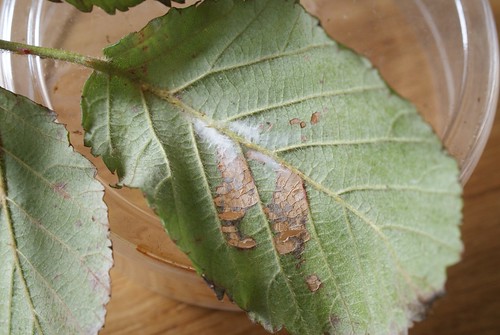
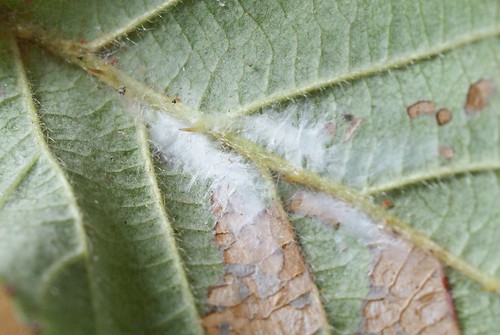
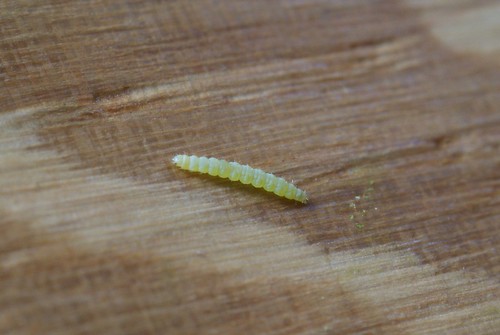
Definitely one worth keeping an eye out for during the lean times.
Although I'd say this generally about early stage searches and my year list clearly illustrates this as it now stands at 34 species but adult moths total just five species.
Some other micro finds to date this year include:
Metzneria aestivella - larvae in Carline Thistle seed heads
M. lappella - larva in Burdock seed heads
Epinotia immundana - larvae on birch catkins
Ectoedemia heringella mines
Cedestis subfasciella mines
Cochylis roseana - larvae in teasel heads
Endothenia marginana - as above
E. gentianaeana - as above
Limnaecia phragmitella - numerous larvae in Typha seed heads
and cases of
Coleophora gryphipennella, C. glaucicolella, C. argentula and
C. solitariella.


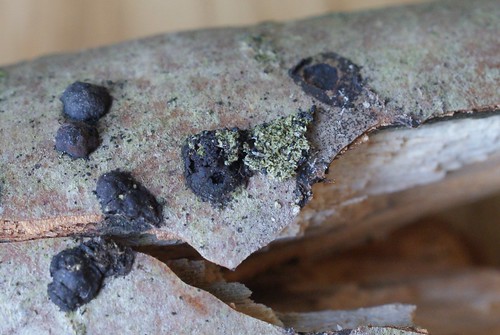
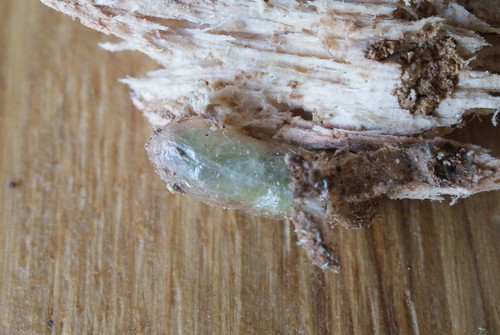




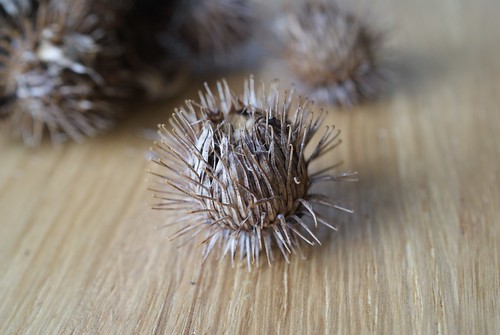 Larval hibernaculum made from several seeds
Larval hibernaculum made from several seeds
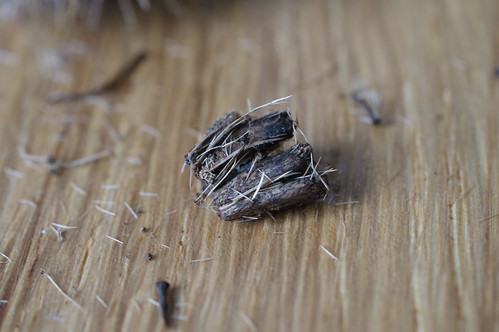 Larva within opened hibernaculum
Larva within opened hibernaculum
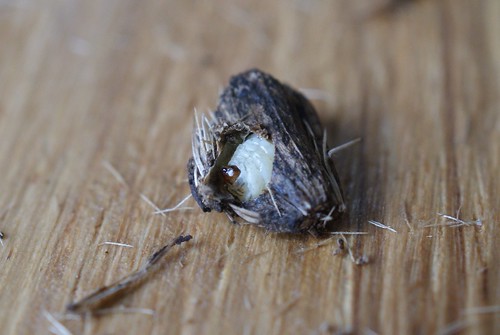 Larva extracted from hibernaculum
Larva extracted from hibernaculum



